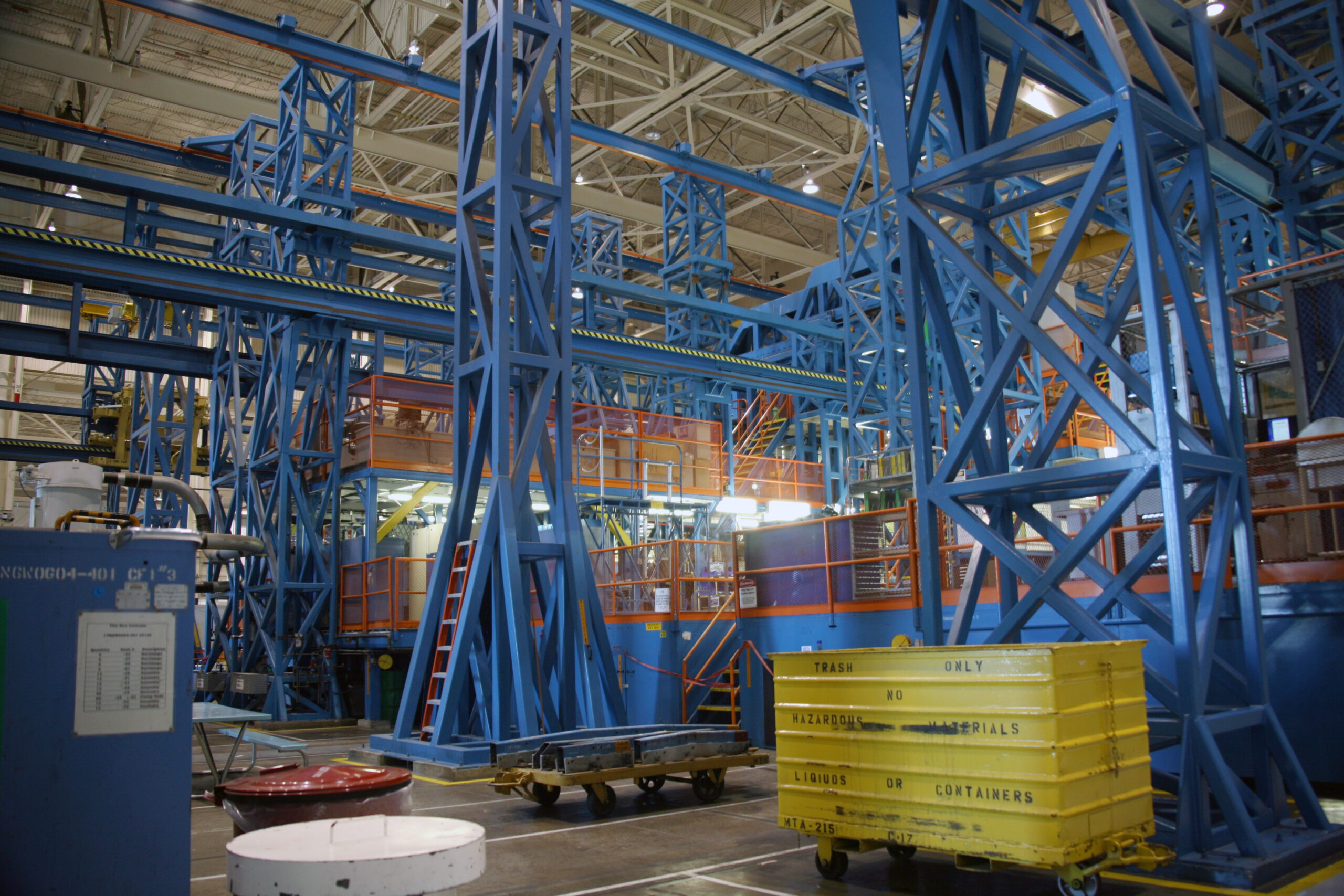I’m sure you’ve heard a lot about tax abatements from folks who hold some strong opinions about them. They seem to understand a lot of confusing stuff so they must know what they’re saying, right? Well, not necessarily. For decades, I’ve heard the same incorrect “facts” about tax abatements again and again.
Like: Thanks to that tax abatement, those companies don’t pay any property tax. You know what a 10-year tax abatement means: they’ll leave town in year nine. Tax abatements steal money from your local schools, so teachers are starving while corporations get rich. There are so many empty warehouses, yet towns keep giving tax abatements for new ones. This is such a good location that companies would come here without tax abatements. All those claims are far from accurate. Most aren’t even a little bit warm.
What is a tax abatement? It’s an incentive given to a company to reduce — notice I said “reduce” and not “eliminate” — part of the property tax the company will have to pay for a set number of years. In Hendricks County, most abatements are for 10 years, and are set up on a sliding scale. The company may only have to pay 10 percent of the normal taxes the first year, 20 percent the second year, and so on until they pay 100 percent in year 10. Over the abatement, companies typically pay 50 percent of the full amount — which for a large warehouse is still huge. Plus, the abatement applies only to the improvements, not the value of the land itself. Property that had been worth maybe $7,000 an acre as farmland may be valued at hundreds of thousands an acre as industrial land.
In other words, even with a tax abatement, the warehouse or other business immediately starts generating significantly more property taxes than the undeveloped land. Where does that tax revenue go? To schools, the town, the township, the library, and any other local taxing district. (By the way, aside from referendums, property taxes don’t pay a dime of teacher salaries. We’ll cover that another day.)
As for the other points, here are several facts. As for empty warehouses, there are fewer than people think. Often, a single building houses three or four companies, and the “for lease” sign out front refers to just a fraction of the building. Overall, Hendricks County consistently has some of the lowest vacancy rates in central Indiana. And developers are smart people who wouldn’t build new properties if they weren’t sure they’d be able to fill them.
Finally, local communities offer tax abatements because everyone else does. Yes, Hendricks County is a great location, but without those abatements, companies would opt for one of the many other great locations elsewhere in central Indiana. As for companies moving on when the abatements end, a handful do, but most stick around and many even expand. But don’t take my word for it. Property records are public, so you can check it out for yourself.
